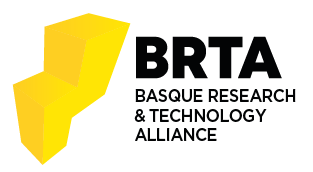Video analysis based vehicle detection and tracking using an MCMC sampling framework
Authors: Jon Arróspide and Luis Salgado and Marcos Nieto
Date: 27.10.2011
EURASIP Journal on Advances in Signal Processing
Abstract
BIB_text
author = {Jon Arróspide and Luis Salgado and Marcos Nieto},
title = {Video analysis based vehicle detection and tracking using an MCMC sampling framework},
journal = {EURASIP Journal on Advances in Signal Processing},
volume = {October 2011},
keywds = {
Image processing, object tracking, Monte Carlo methods, intelligent vehicles
}
abstract = {
This paper presents a probabilistic method for vehicle detection and tracking through the analysis of monocular images obtained from a vehicle-mounted camera. The method is designed to address the main shortcomings of traditional particle filtering approaches for use in traffic environments. Namely, Bayesian methods based on importance sampling do not scale well as the dimensionality of the feature space grows, which involves important limitations when it comes to tracking of multiple objects. Alternatively, the proposed method is based on a Markov chain Monte Carlo (MCMC) approach, which allows efficient sampling of the feature space. The method involves important contributions as regards both the motion 2 Jon Arr´ospide et al. and the observation models of the tracker. Indeed, as opposed to particle filter-based tacking methods in the literature, which typically resort to observation models based on appearance or template matching, in this work a likelihood model that combines appearance analysis with information from motion parallax is introduced. Regarding the motion model, a new interaction treatment is defined based on Markov Random Fields (MRF) that allows to handle possible inter-dependencies in vehicle trajectories. As for vehicle detection, the method relies on a supervised classification stage using Support Vector Machines (SVM). The contribution in this field is two-fold. First, the mostly rectilinear structure of vehicles is capitalized on to define a new descriptor based on the analysis of gradient orientations in concentric rectangles. This descriptor involves a much smaller feature space compared to traditional descriptors, which are too costly for real-time applications. Second, a new vehicle image database is generated to train the SVM and made public. The proposed vehicle detection and tracking method is proven to outperform existing methods and to successfully cope with the challenging situations contained in the test sequences.
}
date = {2011-10-27},
year = {2011},
}







